Raising Eucalyptus deglupta in a cool frost-free (sub)tropical climate
PicoAzores
8 years ago
Featured Answer
Comments (22)
Related Discussions
SF Bay A Subtropical Area?
Comments (44)Stan, Don't believe everything you see on television, especially with regard to average winter temps in Capetown and the Cape of Good Hope. They can and do get some frost there occasionally, as they have varied microclimates due to elevation and topography. wind is also much more a factor there, and weather is very inconsistent on a day to day basis as they do get cold fronts off the Antarctic as well as the Atlantic. From my observations of what is growing well in Capetown, I would say the climate is most similar to San Diego in general, but with more winter rains, and 80F is not a typical long term average daily high in winter there. I visited over a 6 week period in the Western Cape in August/September, and the weather was very much like what we get here in the SF Bay Area in mid to late spring. You needed a jacket on many days, there was typically driving windy days alternating with warmer ones, and there was snow on the mountains in back of Capetown above 5000 foot elevation, although it didn't last for more than a week at a time. Even the subtropical parts of coastal eastern South Africa can also get the occasional frost, and has, so don't believe that it never gets down to freezing along the coast from perhaps Port Elizabeth west to Capetown. As you get to Durban and points east/north, it is distinctly subtropical with no frost, unless you get inland and up into the mountains. Not really safe to generalize about South Africa unless you live there or look up the climate records... And Capetown does get their local equivalent of Santa Ana winds which result from compressed, heated air descending from the interior mountainous plateau when they get offshore wind conditions. The hot drying winds or the cold onshore winds can be really hard on gardens in Capetown, and large leafed tropicals that need lots of water fair poorly there in such events, and water is costly to provide....See MoreEucalyptus and Nothing Grows?!
Comments (53)Came here during some research I'm trying to do on this subject because of some potential plans I have on planting one of a few eucalyptus species, and while there's a lot of good information/discourse here on variables concerning affected plants, mulch quality, effect on soil, and other factors that may affect plants such as water and root competition, I'm kind of noticing a pattern here and elsewhere: There's a lot of lumping eucalyptus into one umbrella category...Guys, there's like 700 something species in this genus; they are not all created equal. I think that also may be partially why there seems to be so much debate over the subject, two different people could be very well talking about two different species. I'm not saying everyone has to be a friggin botanist over it, but it really is helpful to know what species any given person is talking about. Maybe then we can start to notice a pattern with one given variety or another. Just my two cents. As an aside, I kind of think climate may have a non negligible part to play. I could definitely see these chemicals hanging around in the soil a lot differently in a more arid environment with lots of organic matter build up versus a wet rainy tropical environment where everything either leaches away or decays as fast as you can blink at it....See MoreTropical overhaul
Comments (42)I am doing the same thing right now? WHere exactly are you? I am in san fernando valley..I starting with one lonely queen palm and some guava bushes and my vegie gardent. Got a pool too! I am having sush a hard time planning out the trees etc....my pool divides the yard...my husband wants tropical and I am a native plant person...i like salvias, drought tolerants etc.... So i am doing "sub tropic" I have a subtripical plant book and mounds of books on trees, i ahve been to every tree nursery in the vallye. Its soo hard planning because you cant move trees like roses etc..onece its there its there and i am racing against time....you really have to do it before june...before it gets too hot!! very overwhelming what trees did you finally decide on? I am going with hong kong orchid on left of pool and on right against back wall going with australian willows and fruit trees. Also we are facing 2 story homes going up on other side of our wall...darn it!! so we are adding lattice ontop of block wall for privacey... its all too much...See MoreGrowing tropical trees in UK
Comments (63)Sean - it would be really useful to know more about your location. Apart from being in the North East where are you? On a hilltop? Near the sea? Many of the suggestions you have been getting, while hardy in much of the UK might not be happy where you are. Cordyline, for example can be shredded by the wind and burnt by frosts and really isn't worth looking at in that condition. You need to really get to know your land. You might have sheltered micro climates within it. Or frost pockets. Or wind tunnels....See MorePicoAzores
8 years agozephyrgal pacific nw
8 years agoPicoAzores
8 years agoPicoAzores
8 years agoPicoAzores
8 years agoPicoAzores
8 years agoPicoAzores
8 years agoPicoAzores
8 years agoPicoAzores
3 years agolast modified: 3 years agoPicoAzores
3 years agodavidrt28 (zone 7)
3 years ago
Related Stories
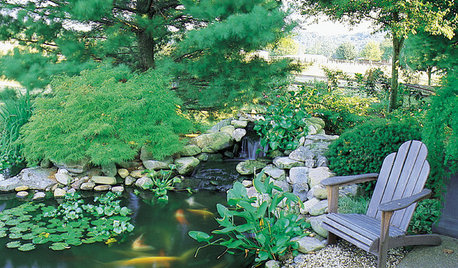
GARDENING AND LANDSCAPINGHow to Make a Pond
You can make an outdoor fish paradise of your own, for less than you might think. But you'll need this expert design wisdom
Full Story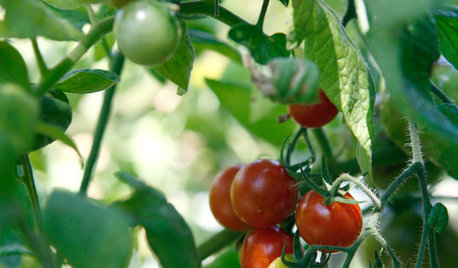
EDIBLE GARDENSSummer Crops: How to Grow Tomatoes
Plant tomato seedlings in spring for one of the best tastes of summer, fresh from your backyard
Full Story
BATHROOM DESIGNDream Spaces: 14 Fabulous Indoor-Outdoor Bathrooms
Disappearing walls put these baths in Mother Nature’s lap, counting tranquil views and fresh air as the best luxuries of all
Full Story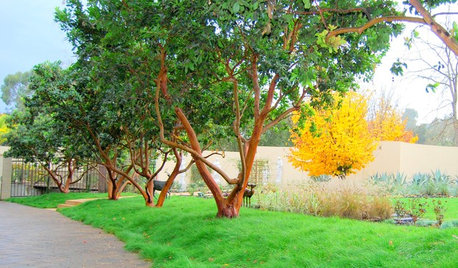
GARDENING GUIDESGarden Myths to Debunk as You Dig This Fall and Rest Over Winter
Termites hate wood mulch, don’t amend soil for trees, avoid gravel in planters — and more nuggets of garden wisdom
Full Story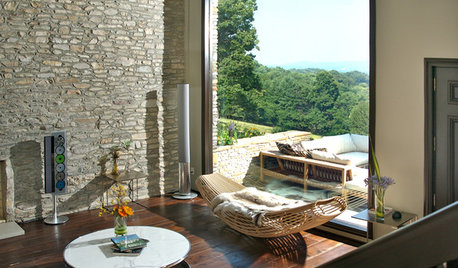
REMODELING GUIDESYour Floors: Zebra, Tiger, and Teak Wood, Oh, My!
Get the Pros and Cons of Exotic Woods: Hickory, Cherry, Rosewood and More
Full Story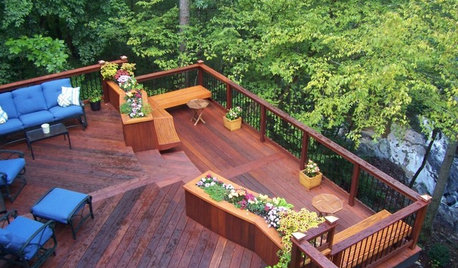
GARDENING AND LANDSCAPINGChoosing a Deck: Plastic or Wood?
Get the pros and cons of wood, plastic, composite and more decking materials, plus a basic price comparison
Full Story


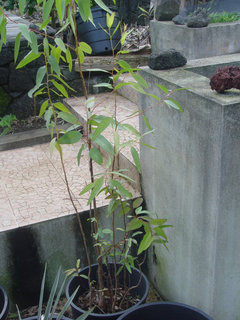
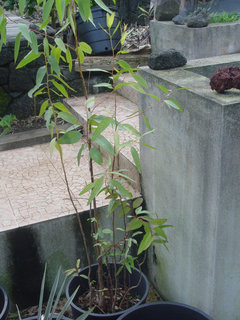
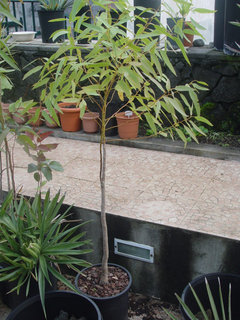

wisconsitom